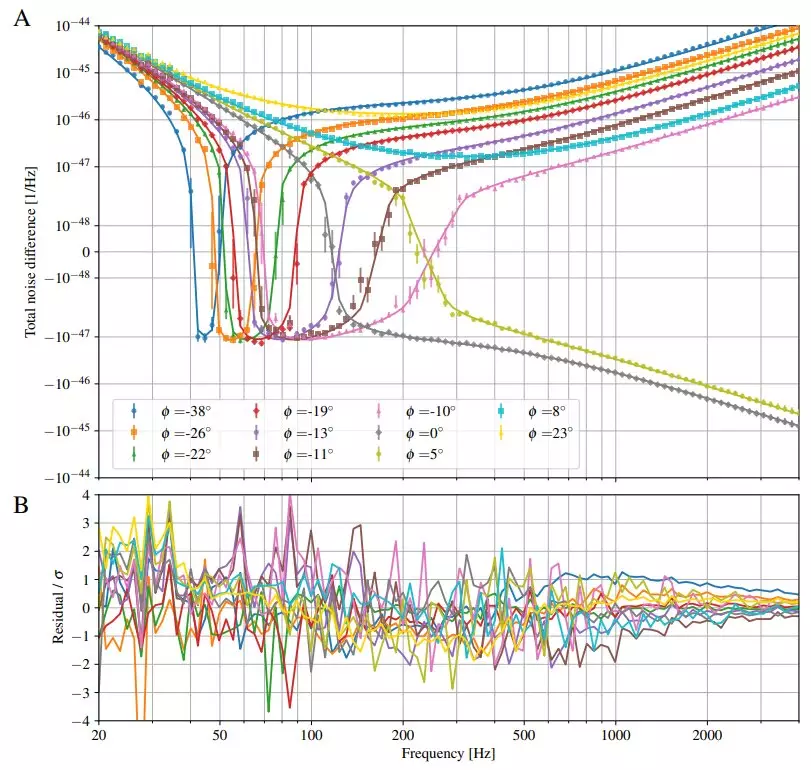The quest to comprehend the underlying fabric of the universe has taken a pivotal turn due to groundbreaking advancements at the Laser Interferometer Gravitational-Wave Observatory (LIGO) in the United States. Researchers have recently introduced an innovative “squeezed light system,” which enhances detection sensitivity and significantly boosts the observatory’s ability to identify gravitational waves. The implications of this pioneering work are profound, as the ability to detect these elusive cosmic phenomena will undoubtedly further illuminate our understanding of fundamental astrophysical processes.
Gravitational waves, the ripples in spacetime caused by massive celestial events, were first detected by LIGO in 2015, a moment celebrated for confirming aspects of Albert Einstein’s century-old theories regarding relativity. LIGO’s functioning is based on an ingenious method that involves splitting a laser beam, sending it along two orthogonal paths, and analyzing how variations in the beams inform us of potential gravitational disturbances in the fabric of spacetime. However, distinguishing between gravitational waves and trivial fluctuations, particularly those arising from quantum noise, has always posed a challenge.
Given this context, the recent developments at LIGO, which include the integration of a specifically designed crystal, new mirrors, and improved lens systems, significantly mitigate noise issues. The introduction of these components allows for the so-called “squeezing” of light in the detectors into more stable quantum states, thereby diminishing unwanted flickering effects that have historically hampered detection sensitivity.
Initial trials with the new system focused predominantly on higher-frequency gravitational waves. However, subsequent refinements enabled the team to extend their observational capabilities to lower frequencies. Remarkably, this dual focus led to a substantial increase—doubling the rate of gravitational wave detections. With this enhanced sensor capability, LIGO’s scope for examining a broader swath of our universe expands dramatically, granting insights that could deepen our grasp of cosmic events.
These enhancements may not only enrich our understanding of binary black hole mergers but potentially enable researchers to probe deeper into the universe’s history, reaching back to the formation of the first stars. By analyzing the gravitational waves emitted from these ancient interactions, scientists stand to uncover novel insights into the evolution of matter and energy in the cosmos.
The advancements made at LIGO underscore a mixed synergy between theoretical physics and practical engineering breakthroughs, with the introduction of squeezed light technology marking a significant milestone in gravitational wave astronomy. As ongoing developments promise to unveil further mysteries of the universe, the collaborative efforts of researchers from various institutions continue to propel scientific exploration into realms previously deemed unreachable. The future of astrophysics looks promising indeed, with discoveries on the horizon that could redefine our understanding of the universe and its transient phenomena.


Leave a Reply
You must be logged in to post a comment.